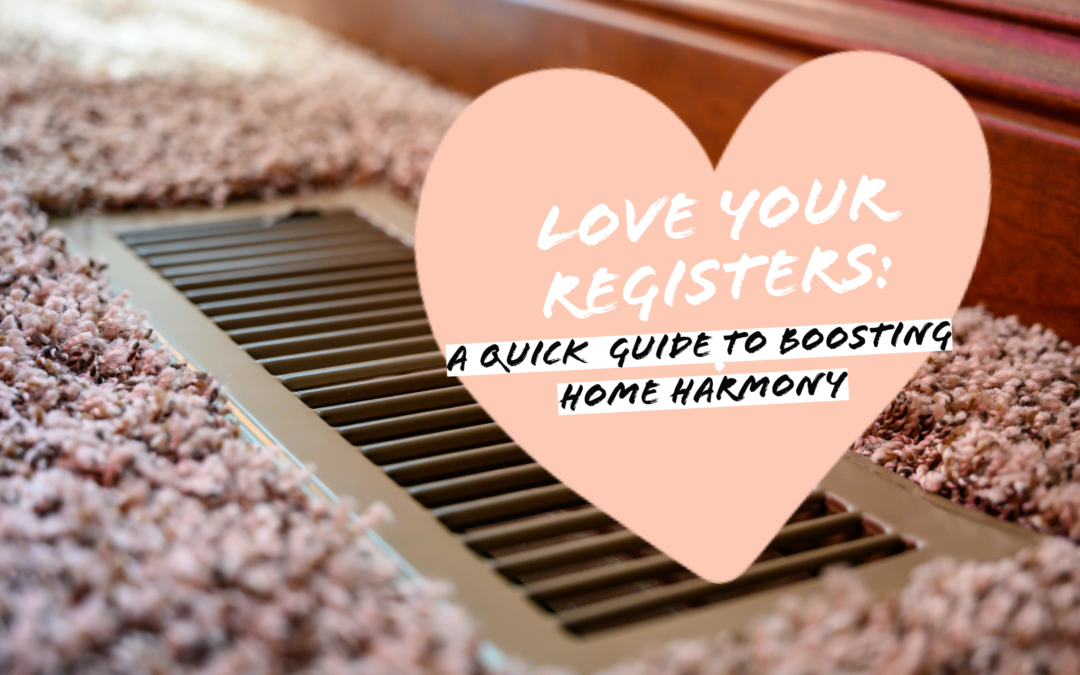If your HVAC system breaks down, as a homeowner, you may be tempted to try to fix it yourself. While “Doing It Yourself” is all the rage right now, there are a few things that you must consider before trying to fix the issue on your own. To help homeowners know the do’s and don’ts of repairing and maintaining your residential HVAC system, our highly skilled technicians at Beavercreek Heating & Cooling are here to shed some light on how DIY repairs and maintenance can quickly turn dangerous.
What Are Physical Dangers OF DIY-ing Your HVAC System?
First things first, your residential HVAC system is a complex piece of equipment that can take years of practice and hands-on training to master. Since your HVAC system needs electricity to function, it is directly connected to your home electrical wiring. Secondly, your HVAC system uses several different harsh chemicals such as refrigerant and other flammable fuel sources to keep it running at its highest capacity. Therefore, if you are not a trained, licensed, and NATE-certified HVAC technician, a simple DIY could turn detrimental. Dangers include damage to gas lines, explosions, electrical shocks, or fires. On top of that, some HVAC maintenance can involve getting into attics or on roofs, so if not done carefully, it could result in a serious or even fatal fall.
What Are Financial Dangers Of DIY-ing Your HVAC System?
Since your residential HVAC is a complicated piece of your home’s puzzle, there are also financial dangers. This includes causing further damage to your system, affecting the equipment’s overall efficiency, and voiding your manufactures’ warranty. Keep in mind that your HVAC system is intertwined with other moving parts within your home, meaning if you damage one piece or part, it can result in damage to another component, or worse, a complete HVAC system breakdown. Not to mention, if you lack the proper tools and try to MacGyver or jerry-rig parts or pieces together, it can affect your system’s overall efficiency. On top of that, most warranties state that your HVAC equipment “must be serviced by a professional.” If you are not a licensed HVAC professional and you try to fix your residential HVAC system yourself, you can void its warranty. Which, in turn, can cost homeowners thousands of dollars.
What Can Homeowners DIY?
So far in this blog, we’ve talked about all the things homeowners can’t do when it comes to their home’s heating and cooling system; however, we also want to shed light on what you can do. There are a few minor repair and maintenance tasks homeowners can do on their own. Homeowners can start maintaining their residential HVAC system by cleaning the outdoor AC unit. Since this part of your HVAC system is located outside, homeowners can remove sticks, leaves, and other debris. Doing so will ensure that your AC condenser or fan doesn’t become clogged. Another maintenance task homeowners can do on their own is changing their system’s air filters. Our experts suggest changing your HVAC filters at least once every 30 to 60 days as a general rule of thumb. So if you can’t remember the last time your filter was replaced, here is your friendly reminder!
Overall, our customer’s safety is our number one priority. We understand that owning a home and learning how to perform simple maintenance tasks can save money; however, you also need to know when to consult a professional. We hope this guide can help homeowners determine the do’s and dont’s of DIY repairs and maintenance. Nevertheless, if you have any questions, comments, or concerns about your residential HVAC system, or need to schedule your spring preventive maintenance, call Beavercreek Heating & Cooling today at (937) 708-8527; or schedule an appointment online now by clicking here!








